You might be surprised how quickly things can spiral after stopping finasteride. That familiar full head of hair you worked so hard for? Suddenly, it’s feeling thinner, weaker—almost as if your scalp’s forgotten the good old days. It’s frustrating, right? No magic left in the bottle, and suddenly “normal” over-the-counter products start looking like a maze. But I promise, recovery isn’t just possible, it’s sitting on a shelf at your local drugstore, or one click away online. Plus, you don’t need a ten-step K-beauty routine, a pile of subscriptions, or a celebrity stylist in your DMs. I’ll show you how to tap into realistic, walk-out-the-door changes, with simple tools, products, and just a smidge of patience.
Understanding Post-Finasteride Hair Freakouts
First thing’s first—let’s talk about what actually happens when you quit finasteride. This isn’t about scare tactics, just facts. Most people see their improved hair begin to slide back within three to six months of stopping. Why? Because the boost you got from blocking dihydrotestosterone (DHT) starts reversing, allowing those once-dormant follicles to shrink again. Think of it like letting weeds crowd out your garden after months with a great gardener—hair miniaturization comes creeping back. If you stopped cold turkey, you’re not alone. Studies show nearly half of users eventually quit due to side effects or lifestyle changes, and that number keeps ticking up as more men and women try the drug.
Here’s the upside: you’re not doomed to lose all your progress. The biggest mistake folks make after quitting finasteride is doing nothing and hoping for the best. Truth is, you can slow or even halt this shedding window by tweaking other parts of your routine—a little more scalp TLC, smarter products, and some nutrient support. The new world of “post-finasteride care” is having a moment, and there’s a playbook for it. In fact, if you act quickly in the first six months, you can often snag back more hair than if you wait out the shedding like a passive observer. The game isn’t over; you just need to change your strategy.
Choosing OTC Serums That Actually Work
Forget the wild west of Amazon reviews for a second. There are a handful of topical solutions that actually have science behind them—serums you can grab at Target, any big box pharmacy, or even online without a prescription. Minoxidil is the headline act here (think Rogaine), and yes, it absolutely still works post-finasteride. This FDA-backed serum helps stimulate dormant hair follicles and prolongs the growing phase, which matters even more when you’ve stopped blocking DHT orally. Use the 5% version for men, 2% for women (unless your doctor suggests otherwise), and apply it morning and night. Stick with it. Don’t expect miracles in two weeks; most people see visible changes between three to six months.
But it’s not a one-serum show. If straight-up minoxidil gives your scalp the heebie-jeebies, there are other ingredients that can step in as backup dancers. Look for serums with caffeine extract (proven in a 2014 Swiss study to boost follicle stimulation), niacinamide for scalp circulation, and peptides like copper tripeptide-1 for strength. Mixing these isn’t overkill, by the way—it’s stacking the odds in your favor. Personally, I use a combo of minoxidil at night (hairline, crown), and then a caffeine serum in the mornings. Quick tip: always pat these in gently, don’t rub, and let them dry fully before adding other styling stuff. Rushing it just washes half of your investment away.

Building a Shampoo & Conditioner Rotation for Fragile Hair
This part is criminally underrated. People always think shampoos don’t matter much, but for post-finasteride hair—they’re your first line of defense. Thin, shedding-prone hair needs gentle handling and some scalp love. Pitch any harsh, sulfate-packed shampoos ASAP. They can dehydrate the scalp and make breakage worse. Instead, switch to a gentle, sulfate-free shampoo that prioritizes scalp moisture—think formulas with aloe vera, panthenol, or even biotin. There are even shampoos with low-strength DHT blockers like saw palmetto or pumpkin seed oil, which can buffer your follicles from hormonal shifts. Are these as potent as the real deal? Not quite, but for some, every little nudge helps.
Let’s talk conditioners. These should never be an afterthought. Go for lightweight, volumizing conditioners that keep hair silky without weighing it down. Look for ones with amino acids, keratin, or argan oil for that slick finish that helps reduce snap and frizz. And, two times a week, add a deep conditioning mask—especially if you’re heat styling or using color. My favorite post-Finasteride discovery was rotating a scalp-exfoliating shampoo (once weekly, with ingredients like salicylic acid or tea tree oil) which keeps the roots clear and product buildup off your scalp. Here’s a quick comparison table for easy reference:
| Product Type | Key Ingredient | Benefit | How Often |
|---|---|---|---|
| Everyday Shampoo | Aloe Vera, Biotin | Moisture, root strength | Every wash |
| Conditioner | Keratin, Amino acids | Softness, less breakage | Every wash |
| Scalp Scrub | Salicylic acid, Tea tree | Clearing buildup | Weekly |
| DHT-blocking Shampoo | Saw palmetto, Pumpkin seed | DHT resistance | Every other wash |
Smart Supplement Choices That Won’t Break the Bank
The supplement aisle is its own wild journey—probiotics for skin, collagen for joints, mystery “hair gummies” in neon colors. But after stopping finasteride, the right nutrients can give you a fighting chance. Think simple, not fancy. Evidence points to three clear winners: biotin (B7), zinc, and iron. Deficiency in any of these can turn shedding into a cascade. Hair cells are some of the fastest-growing in your body, and they scream for steady vitamin support—especially after sudden hormonal changes.
Omega-3 fatty acids (from fish or plant sources) also deserve a spot, as they help soothe inflammation and keep blood flow humming at the roots. Don’t get suckered into “mega doses;” you want a daily multi or a targeted supplement. And if you want to up your hair game, consider adding saw palmetto or pumpkin seed oil as oral supplements. While these aren’t regulated like prescription meds, there’s real evidence—Harvard’s dermatology department published a 2021 update noting mild reduction in hair fallout for many users. Quick hack: combine your supplements with a healthy fat snack (like nuts or avocado toast) to boost absorption. Skip anything promising “overnight miracles”; hair growth is a marathon, not a sprint.
- Biotin (2.5-5 mg daily): Boosts keratin structure.
- Zinc (8-11 mg daily): Needed for new hair cell growth.
- Iron (18 mg, check levels first): Directly linked to excessive shedding when low.
- Omega-3s (250-500 mg EPA/DHA): Anti-inflammatory for scalp health.
- Saw palmetto (160 mg): Mild DHT reduction effect for some people.
You can score all these for under $30/month, and your hair (and nails and skin) will absolutely thank you.
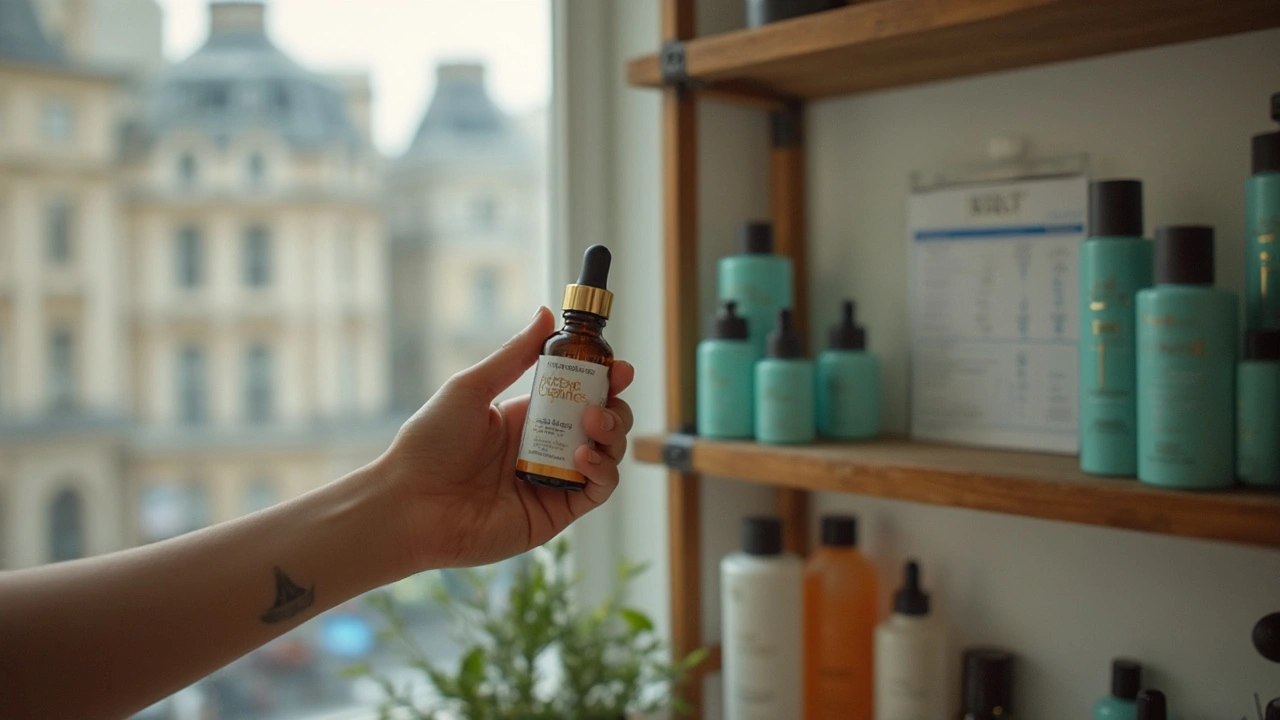
Daily Habits That Support Hair Health From the Inside Out
Your daily routine becomes your hair safety net. Gentle handling is key, and it starts the moment you wake up. Avoid aggressive towel-drying (pat and squeeze instead). Use a wide-tooth comb—not a brush—on wet hair. Limit heat tools, but if you’re not giving up the blow dryer, use a heat protectant spray and keep temps below 350°F. Little things add up. Even something as simple as switching to a silk pillowcase can reduce overnight breakage by 40%, according to a 2022 study from the University of Michigan’s Trichology Lab. I thought silk pillows were a TikTok gimmick until I tried it—now I’m low-key obsessed.
Now, don’t forget to manage your stress. There’s a direct hormonal pathway—spiked cortisol can push more hair into “resting phase.” Take time for movement (yoga, walks, or whatever chills you out). Hydration matters, too; think two liters a day minimum. Caffeine and sugar spikes are hair enemies (wish someone told me this in my 20s). Build a realistic schedule: apply your serum right after brushing teeth (habit-stacking is how I got Oliver onboard). Massage your scalp for one to two minutes—the boost in blood flow is like coffee for your follicles. If you want the full scoop on quitting, there’s an in-depth guide on how to stop finasteride that doesn’t sugarcoat the process.
If shedding freaks you out, try documenting once a month. Take phone pics under the same lighting, note how much hair is in the drain, track how you feel. Progress isn’t always linear but small improvements keep motivation high. And finally—don’t compare yourself to influencers, or even to your pre-finasteride self. Your hair journey is uniquely yours.
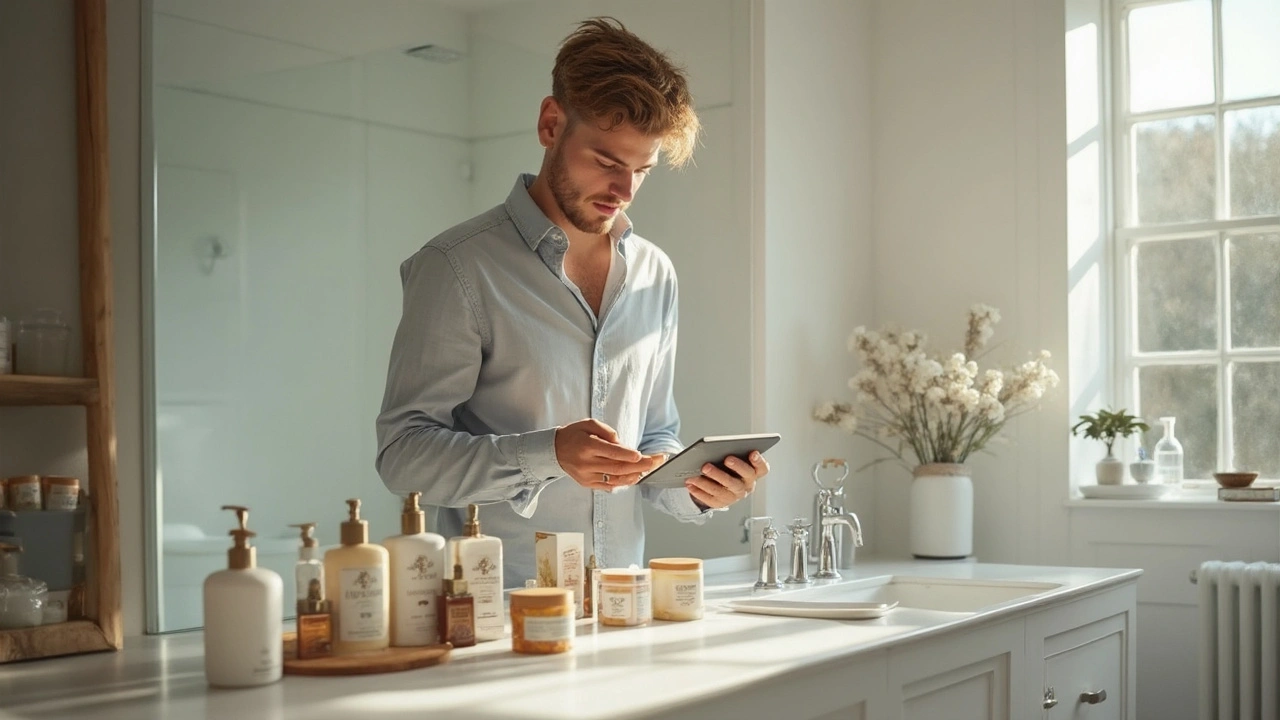
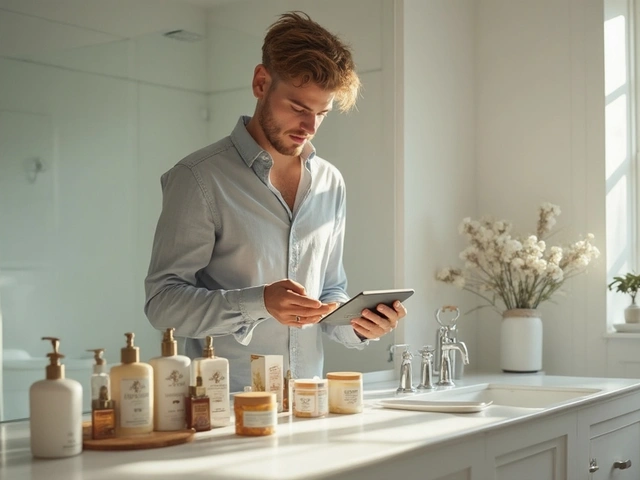
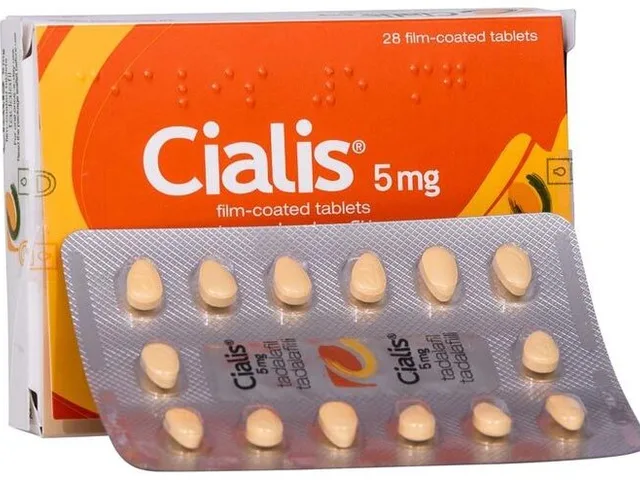
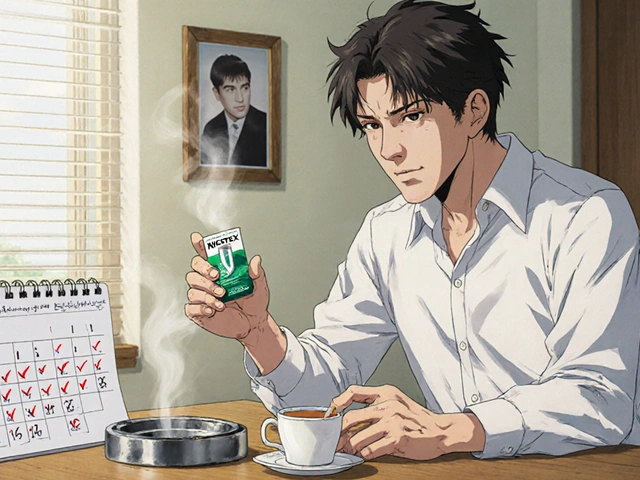
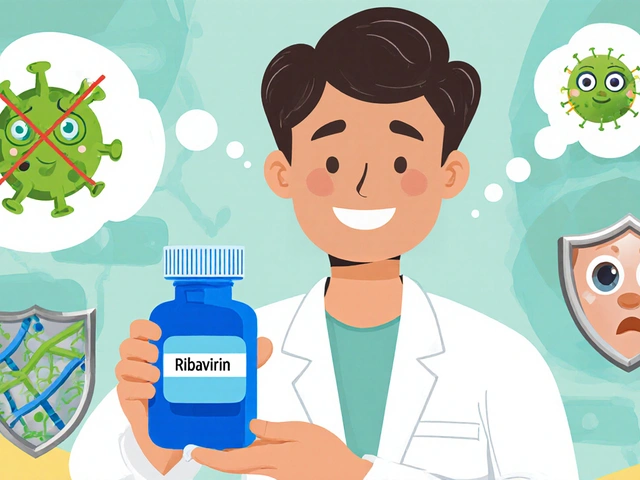



Eunice Suess July 17, 2025
oh my god this guide is honestly everything i needed omg 😍
i stopped finasteride a few months ago and was SO lost on what to do next with my hair care. the way they break down all the products and supplements? seriously helpful, like i never knew some of that stuff even existed. but like pls, can't we have more personal experience stories? it would make the info way more relatable and less dry? also ty for the product comparison table, that’s a lifesaver cuz it’s so confusing out there.
anyone else feeling super inspired to actually take care of their hair instead of just hoping it gets better? this routine looks doable even for ppl who are lazy like me lol
Anoop Choradia July 17, 2025
It is imperative to approach the subject of post-finasteride hair care with a rigorous, scientifically-informed perspective. While this guide outlines a regimen involving OTC serums, shampoos, and supplements, one must consider the broader implications of discontinuing finasteride, which itself operates on a deeply biochemical level. I remain skeptical that an off-the-shelf serum or shampoo can adequately replace a pharmaceutical agent designed to inhibit DHT, a primary culprit in androgenic alopecia.
Furthermore, one must question whether such products, marketed aggressively online and in retail, truly adhere to evidence-based standards or merely exploit consumer desperation. The guide should emphasize critical analysis of product ingredients and potential placebo effects rather than glossing over these nuances. I advocate for consultation with a dermatologist or endocrinologist prior to abandoning finasteride or substituting it with OTC alternatives.
bhavani pitta July 17, 2025
Honestly, i feel like relying on this kind of routine after stopping finasteride might be wishful thinking. The science is still so unclear, and the post-drug rebound hair loss is a huge issue that basically no OTC product can fix effectively. I’m not saying the guide is useless, but it sets kinda high expectations without stressing that results can vary wildly or that some people might see no improvement at all.
Also, the slightest use of certain supplements without medical supervision can be risky. This comprehensive regimen sounds nice on paper but could complicate matters for some.
Brenda Taylor July 18, 2025
Ok so, i skimmed the article because who has time for all that but i gotta say, it seems like another money grab to push expensive shampoos and serums. Like seriously, how many shampoos does one person need?
Also, think about the environment and the packaging waste with all this stuff. Can’t we just focus on natural care routines? I dunno, i’m just tired of these complicated regimens. Sometimes simpler is better, right?
Still, if it works for people and doesn't hurt their wallets too much, more power to them, but i remain skeptical.
virginia sancho July 18, 2025
This post is quite insightful and offers a practical pathway for those transitioning away from finasteride. Having assisted several clients through similar journeys, I can attest that supplementing with quality OTC serums and shampoos tailored for scalp health can indeed foster recovery.
However, I would emphasize the critical importance of consistency and patience — hair cycles take time and immediate results are uncommon.
It may also be beneficial for users to incorporate scalp massage and stress management techniques as supplementary practices.
Lastly, it’s imperative to ensure the chosen supplements do not conflict with any existing health conditions or medications. Consultation with a healthcare professional always recommended.
Namit Kumar July 18, 2025
while i appreciate the guide's attempt, let's not get fooled by what looks like an industry plot to keep ppl hooked on cosmetic products instead of focusing on dietary or holistic natural remedies.
its critical to remain vigilant against the marketing traps here. some ingredients in these serums are barely regulated, and who knows what side effects or long-term damage they might cause? the pharma companies have too much control over info flow on finasteride alternatives, don’t forget.
pure skepticism is healthy.
also, salty to see no mention of traditional remedies from the subcontinent that have been used for centuries.
:)Sam Rail July 18, 2025
Hey folks, i’m pretty lazy but i did give this routine a try and honestly, it’s not too much hassle if you’re not going overboard. The daily regimen with OTC stuff is only kinda annoying if you want perfect results, but i feel like just sticking to good shampoo and some supplements has made my hair feel healthier.
Would be cool to do a follow-up in like 3 months to see if the growth really improves or if it’s placebo though. For now, this guide is solid for beginners.
Taryn Thompson July 18, 2025
This post-finasteride routine is a commendable attempt to give practical steps to an otherwise confusing transition period. I appreciate the emphasis on evidence-based choices and affordability.
If I may, I suggest users track their hair condition with photos and logs while trying the routine to objectively gauge efficacy over weeks and months. It might also be advantageous to introduce dietary sources of biotin and vitamin D, alongside the supplements mentioned.
It is essential to manage expectations and understand that genetic factors heavily influence outcomes.
Importantly, if irritation or adverse effects occur, the routine should be adjusted accordingly.
Lisa Lower July 18, 2025
Alright, friends, listen up! This guide is an absolute game-changer but here’s the deal — you gotta be hardcore consistent. It’s not gonna magically fix your hair if you’re just half-assing it once every couple days. You gotta commit, shampoo, serum, supplements, every day, and incorporate good habits as well. Your hair is a living thing and demands that kind of respect.
I also wanna add: focus on your scalp health more than just hair filling. Healthy scalp = healthy hair. Don’t forget hydration and avoid stress as much as you can! It's all connected.
Plus, keep a journal! Track everything. It’ll help you stay motivated and notice what works best.
Dana Sellers July 18, 2025
Honestly, these guides make me so mad sometimes. It's like they pretend hair loss is a simple fix and everyone gets it if they just buy the right stuff. NO! It sucks and it’s frustrating and no serum or shampoo is gonna totally fix the damage finasteride stopping can cause.
People deserve real talk, not this sugarcoated optimism. Sometimes you have to accept your hair might never be how it was. And that’s okay. But pretending it’s just a few products away isn't helping anyone. Let’s not be blind to the emotional toll of this stuff either.
Damon Farnham July 18, 2025
While one may admire the enthusiasm regarding OTC options post-finasteride, one must not overlook the preponderance of misinformation plaguing this domain. The commercial landscape is rife with overpromise and underdelivery.
The individual’s prerogative should be to insist upon peer-reviewed studies corroborating efficacy before committing to any product regimen, no matter how innocuous it seems.
This post’s approach, though well-intentioned, risks underwriting false hope without due scientific rigor.